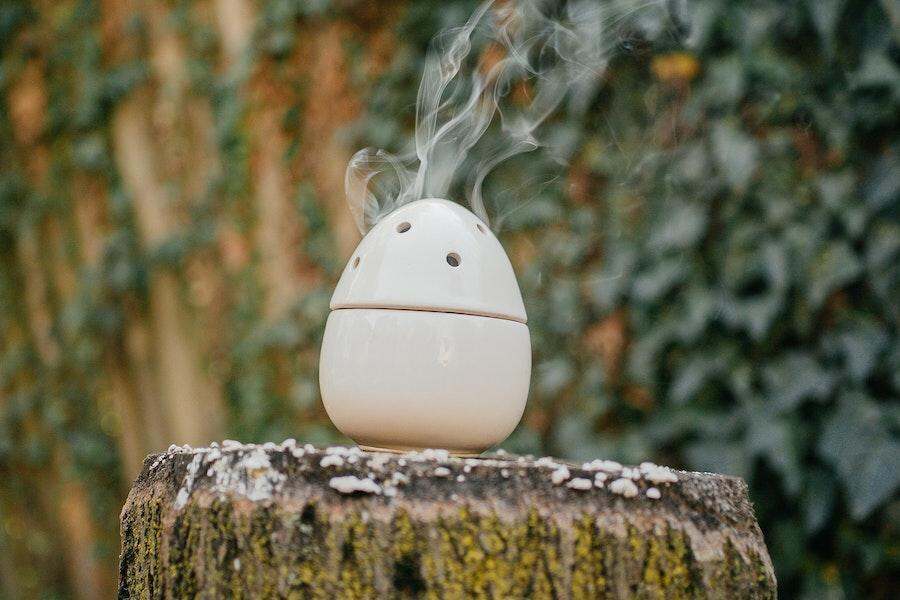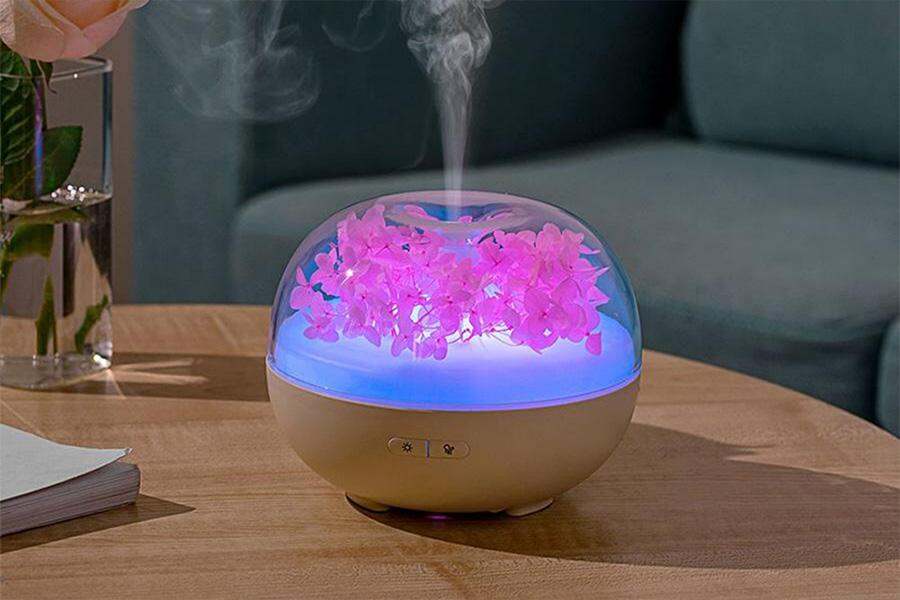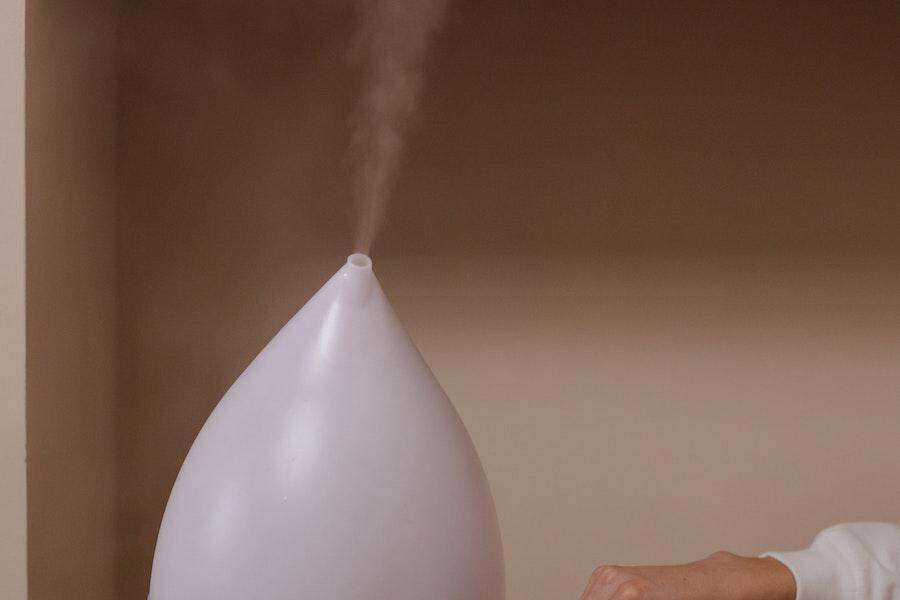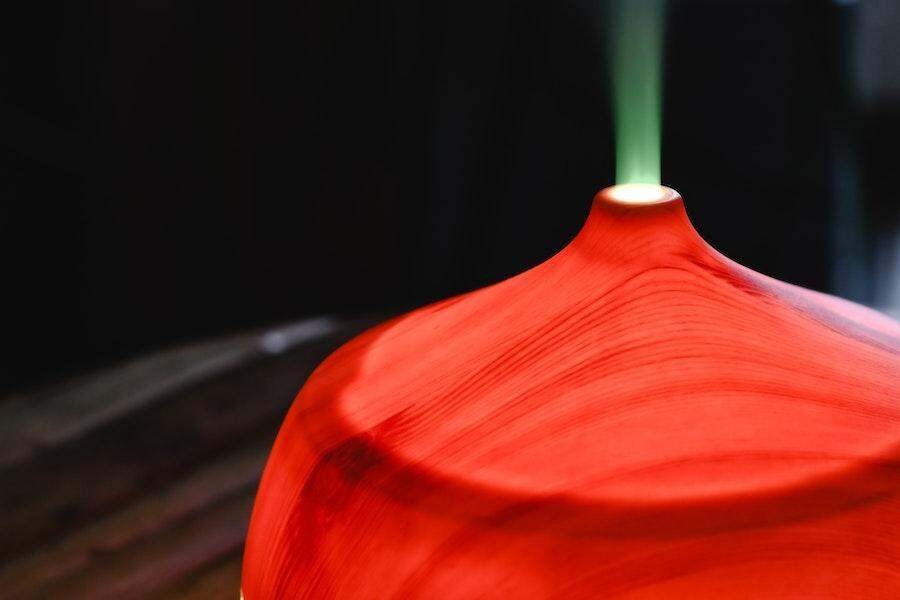With climate change becoming a massive topic, the need for air moisture has never been this high. More people are now equipping their homes with humidifiers to keep the appropriate moisture level.
Humans require 40 to 50% humidity levels—anything below the minimum is dry and harmful. For this reason, the humidifier market is looking promising and offering irresistible investment opportunities.
But, sellers need to understand the market and opportunities before charging in. This article will explore five profitable humidifiers and factors to consider before stocking up.
Table of Contents
Types of humidifiers for dry air
Factors to consider before buying a humidifier in dry winter
Is the humidifier market profitable in 2023?
Closing words
Types of humidifiers for dry air
Ultrasonic humidifiers

Ultrasonic humidifiers are not complex devices. They comprise water reservoirs and vibrating elements (usually diaphragms). The component vibrates at ultrasonic frequencies beyond the human hearing range and propels tiny droplets into the air.
These humidifiers don’t heat the water in their reservoirs, which also gives them the name “cool mist humidifiers.” Ultrasonic humidifiers are so good that they may overdo it and cause dampness & molds. Most models feature humidistats to automatically control the humidity levels and shut down the device when required.
In addition, ultrasonic humidifiers have compact designs due to their simple mechanisms. They also produce quiet vibrations and won’t generate any heat.
Evaporators

Evaporators have been around for decades, and many consider them common humidifiers. They use fans to create water vapor and humidify a room. These in-built fans draw air that flows through a moist wick filter.
While water evaporates inside the device, evaporators push it out as sprays or mist to increase humidity. Some models heat the water, converting it into steam before sending it out. Such evaporators create a “warm mist.”
Other models absorb water through a filter and use a fan to send cool air across the component. This process also creates water vapor to enhance humidity.
Impellers

Impeller humidifiers adopt a different technology to keep the atmosphere humid. They use rotating discs to send water to a diffuser, which separates the water into fine droplets. Then, the device sprays it out to float in the air.
The impeller’s operation effectively condenses and evaporates water before sending it out. On top of that, these humidifiers can work without complex components.
On the negative side, these devices require regular cleaning to avoid spraying bacteria or mold into the air and can produce a lot of noise. Nevertheless, impellers are ideal for consumers looking for easy and effective ways to keep their atmosphere fresh.
Steam vaporizers

Steam vaporizers are not like traditional humidifiers. These devices need electricity to power a heating element. Interestingly, the process involves boiling water and creating steam that is cooled off before leaving the device.
Some models can accommodate inhalants to enhance the humidifier experience, though it’s not recommended for homes with young children or babies.
In addition, steam from this humidifier is generally more hygienic. Since the process requires boiling water, users can rest assured that most bacteria and germs won’t make it to the atmosphere.
Steam vaporizers also don’t eject contaminants and other harmful substances into the air. The only safety concern is the burn risk from spilled water.
Central humidifiers

While other devices provide moisture for specific rooms, central humidifiers cater to the needs of an entire building. They also have humidistats controlling the moisture level in the air. These devices will send water vapor through the HVAC system when the air gets dry.
Central humidifiers come in two types. Most models operate through a building’s HVAC system, while others are standalone, portable devices.
HVAC-reliant central humidifiers don’t need frequent maintenance, don’t generate noise, and stay out of sight. Consumers worried about energy costs may opt for energy-efficient models.
Factors to consider before buying a humidifier in dry winter
Room size
Room size determines the types of humidifiers consumers will purchase. Table-top humidifiers will suffice for buyers in small rooms, while customers in larger spaces may consider bigger models.
Humidifiers too big for a room can cause condensation on surfaces. Excess moisture in the air will also facilitate mold growth, so consumers should avoid products larger than what they need. Be sure to offer various sizes for different applications.
Humidifier tank size
A humidifier’s water-holding capacity determines how long it will operate. Larger tanks will run for extended periods, and consumers will spend less time refilling.
Usually, small humidifiers can hold anywhere between 200ml and 300ml. They will operate for 8 to 12 hours before the next refill. Larger tanks can hold about 6 liters of water and run for 20 to 60 hours.
Note: Big humidifiers may feature smaller tanks and vice versa. Sellers must ensure they check the description page for the water holding capacity.
Noise
Some humidifiers create excess noise, making them impossible to keep close. Since most consumers sleep with their humidifiers running, sellers must consider the noise factor before bulk purchasing.
Mode of operation
Humidifiers have two different methods of operation: warm and cool mist. Warm mist humidifiers heat the water in their reservoirs to convert it into vapor. Although they consume a lot of electricity, these models have the healthiest benefits.
On the other hand, cool mist humidifiers don’t change their water’s temperature before spraying it into the atmosphere. They have lower power consumption but higher risks of spreading bacteria and other harmful substances.
Adjustment of mist
Some humidifiers feature knobs to help consumers control how much mist sprays into the air. Mist adjustment also helps determine how fast or slow a room’s humidity level increases.
Light at night
Nightlights and humidifiers make an aesthetically pleasing combination. Humidifiers featuring these lights can help consumers sleep better or check water tank levels.
Some models provide multiple colors to make spaces more beautiful. Consumers can easily switch them at the press of a button.
Timer (auto-shutdown) function
Sellers can consider stocking up on humidifiers with auto-shutdown features. These innovations automatically switch off the device after operating for a programmed time. The auto-off feature will also activate when the tank dries out.
Hygrometer/humidistat
Ideally, the best humidifiers have in-built humidistats. This feature allows for better humidity level control. Some models with hygrometers can detect low humidity levels and start operations automatically.
Although humidifiers with this feature will cost more, they’re worth the investment.
Ease of maintenance
Some water tanks may be tricky to disassemble, maintain, and refill, while others offer a smooth process. Usually, this factor determines how easy it will be to maintain a humidifier.
In addition, sellers must ensure models requiring filter changes have available filters online—and easy changing processes.
Health and safety concerns
Humidifiers must have an automatic shutdown feature when the tank is empty. For safety reasons, sellers should check the packaging or ask the manufacturer before investing. Only a few consumers are willing to turn off humidifiers when they run dry.
Other health concerns include mold and bacteria spreading, but most humidifiers come with measures to prevent such situations to a degree.
Is the humidifier market profitable in 2023?
2022 was a good time for humidifiers as the market generated over $1.85 billion in revenue. Marketing experts anticipate the industry’s growth at a CAGR of 5.8% to reach $3.53 billion by 2030.
Humidifiers are gaining traction due to increasing concerns about the health effects of dry air. Terrible indoor air can cause sinus congestion, cough, nose irritation, dry throat, bloody noses, and other health problems. Experts predict the humidifier’s ability to prevent these conditions will boost demands in 2023.
Closing words
Humidifiers can prevent problems caused by dry air, making them essential items to have moving forward. Demands for these devices are soaring as climates change and more homes need air moisture.
Ultrasonic, evaporators, impellers, steam vaporizers, and central humidifiers are the most profitable models to leverage in 2023. But sellers must consider the factors discussed in this article to enjoy boosted sales and profit.




